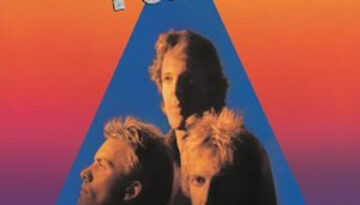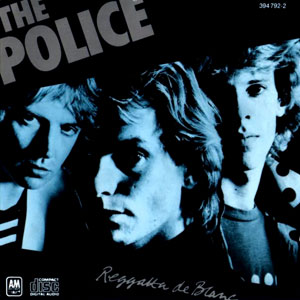Zenyatta Mondatta by The Police
Buy Zenyatta Mondatta Zenyatta Mondatta was the hinge album which fell right in the middle of The Police‘s short career as an active band. True to form, this third studio release by the […]

Buy Zenyatta Mondatta Zenyatta Mondatta was the hinge album which fell right in the middle of The Police‘s short career as an active band. True to form, this third studio release by the […]

Buy Synchronicity The Police saved the best for last with 1983’s Synchronicity, ending their short five year and five album recording career with their masterpiece. And although the album was once again co-produced […]

Buy Reggatta de Blanc Driven by the strength of two UK number one singles, Reggatta de Blanc helped launch The Police into the commercial stratosphere. Building on the strength of their 1978 debut, […]

Buy Ghost In the Machine Ghost in the Machine is the fourth album by The Police and the first to actually use an English title, albeit the title was borrowed from the Albert […]